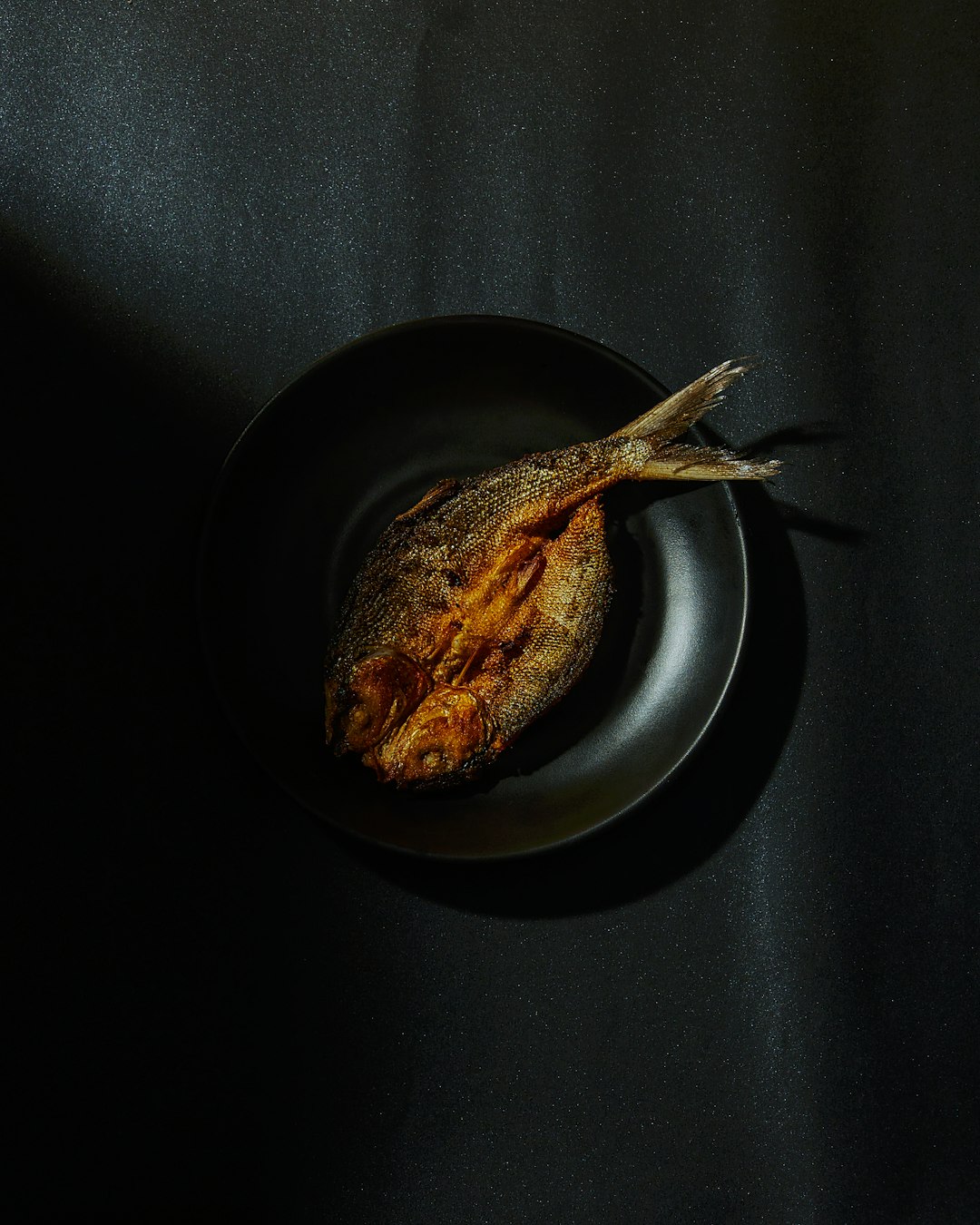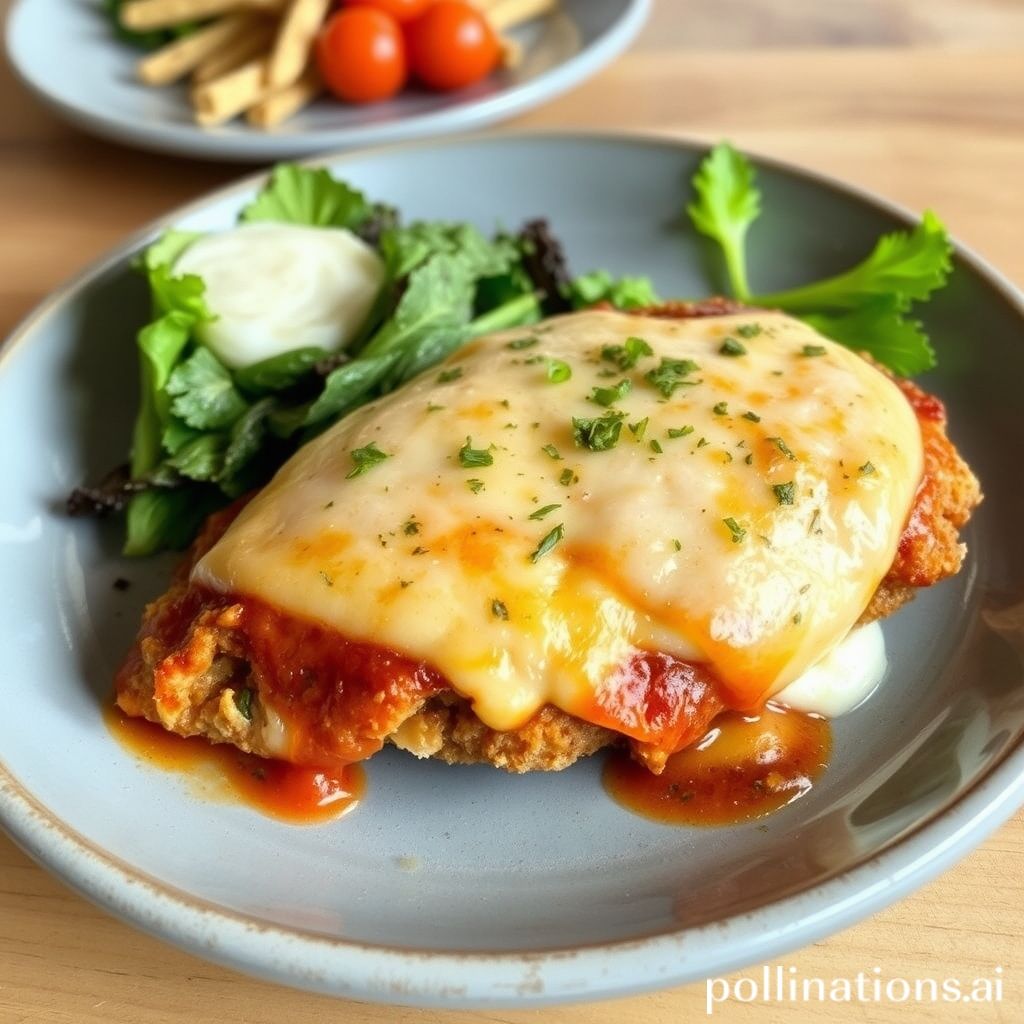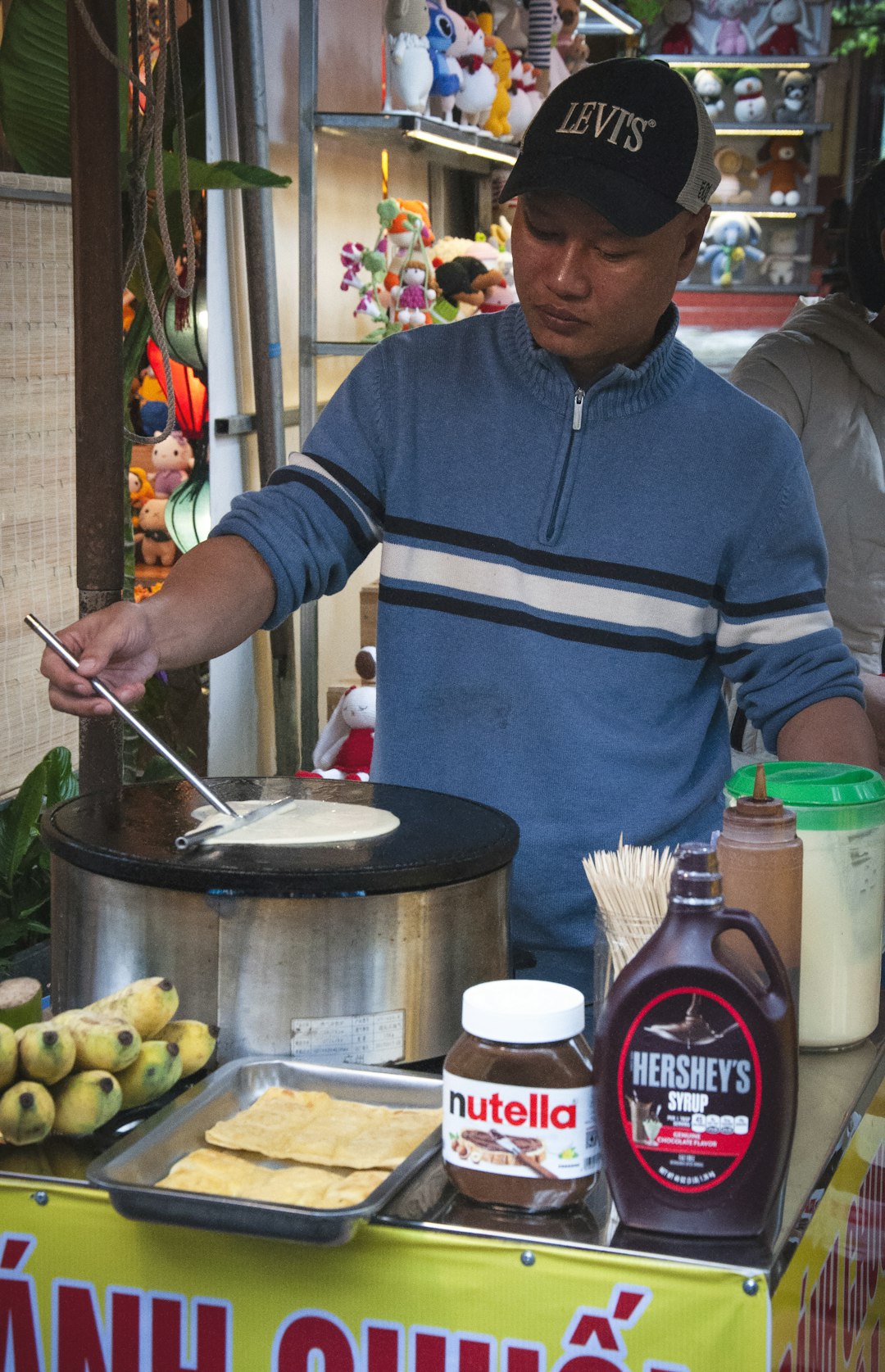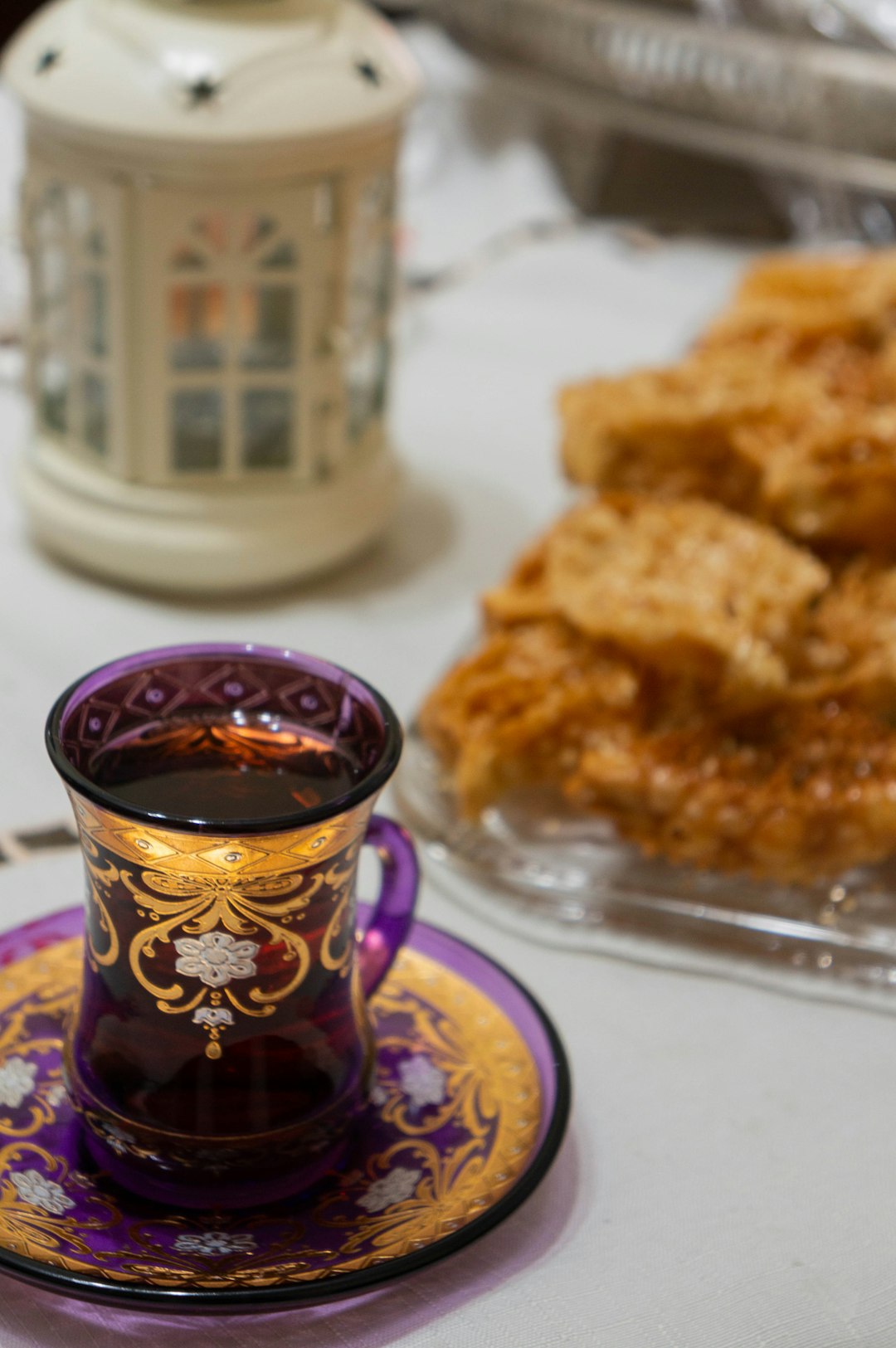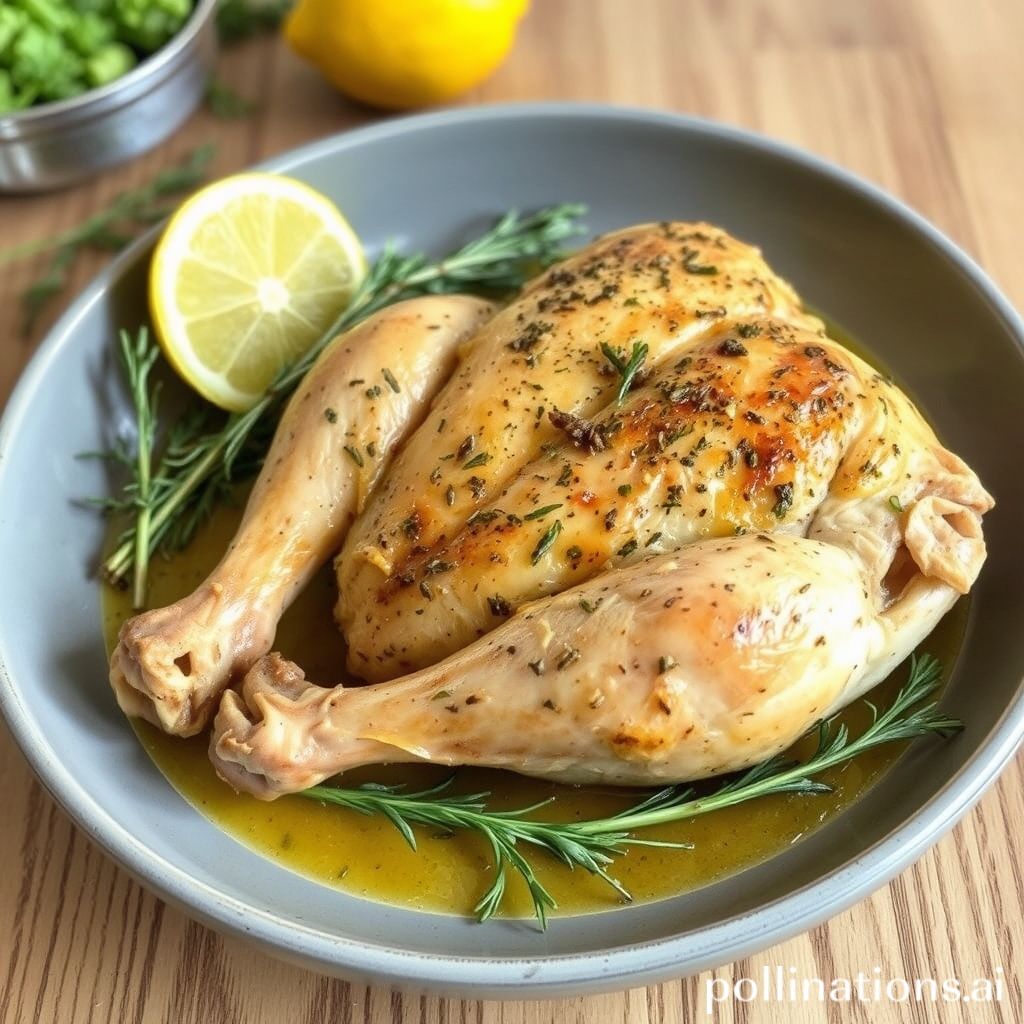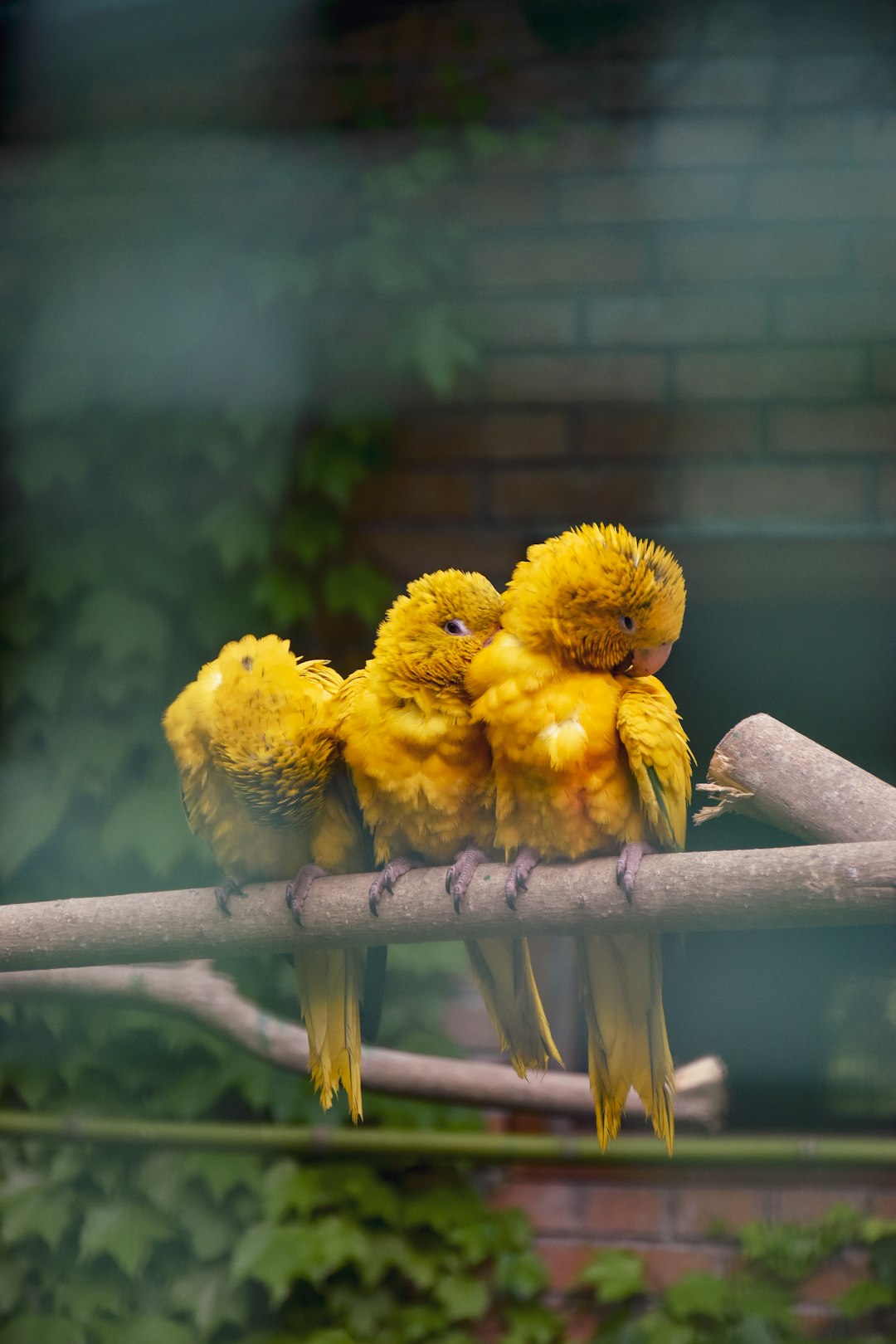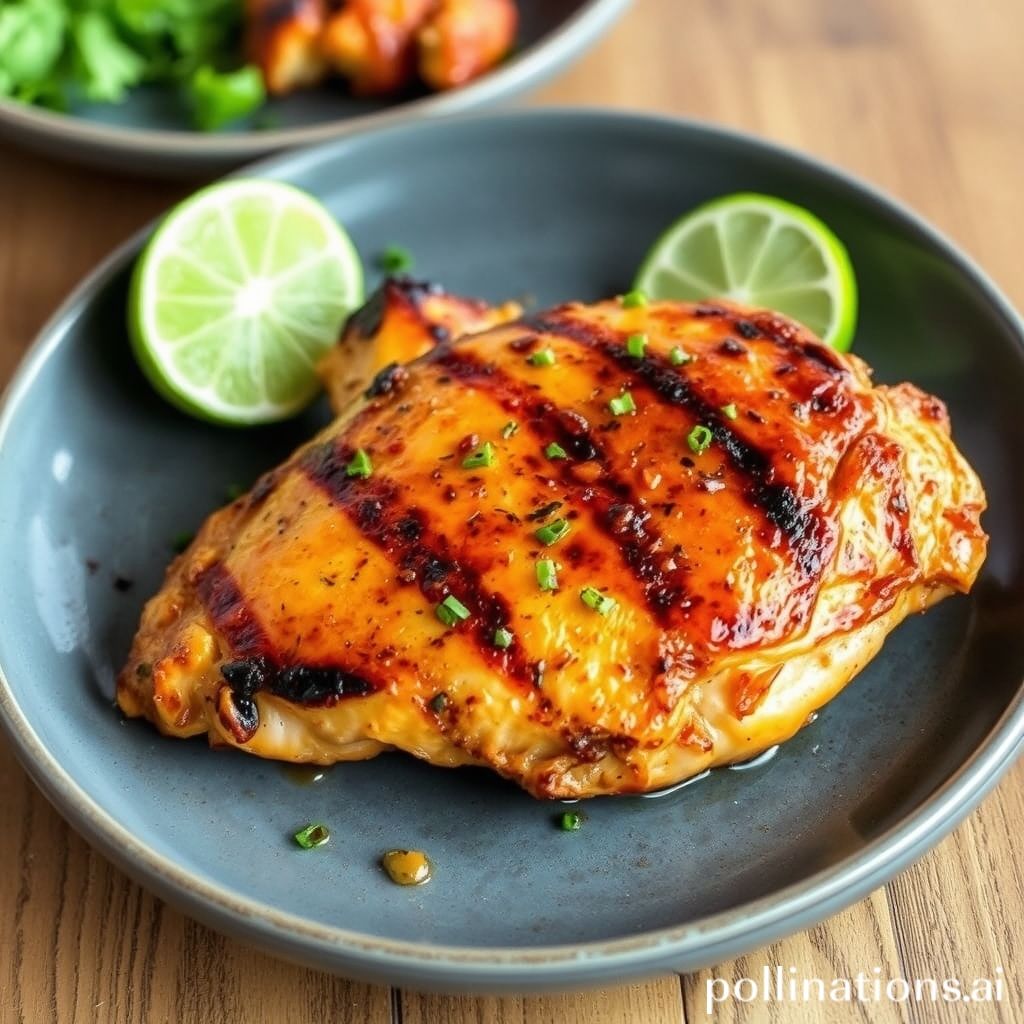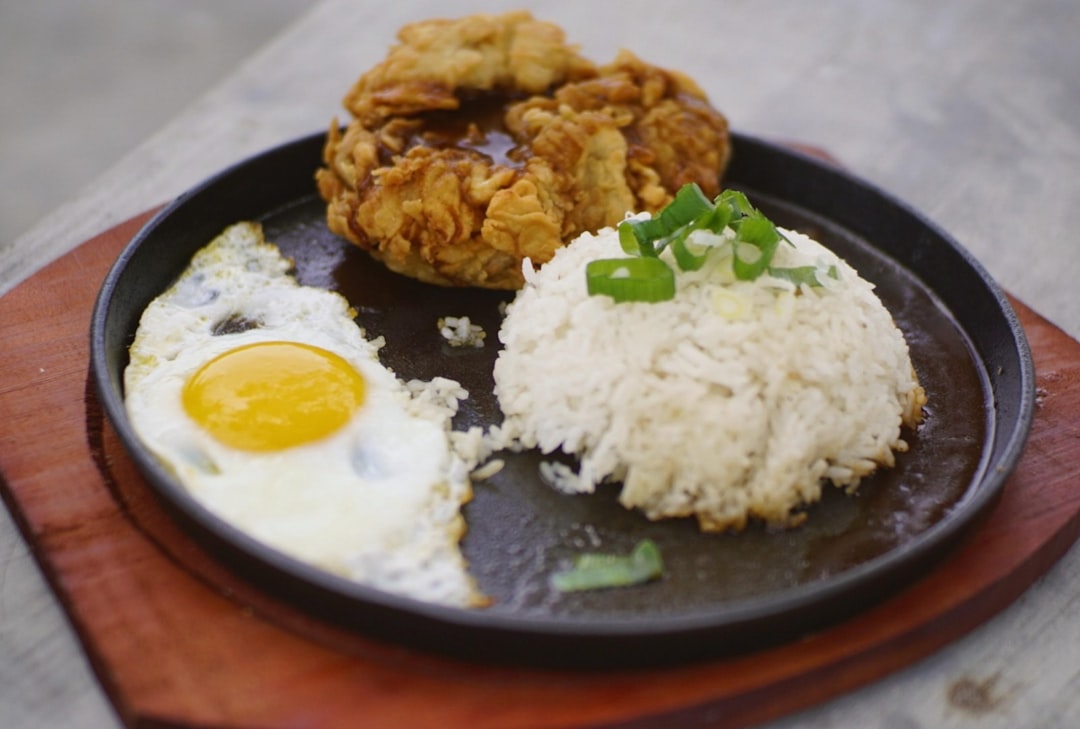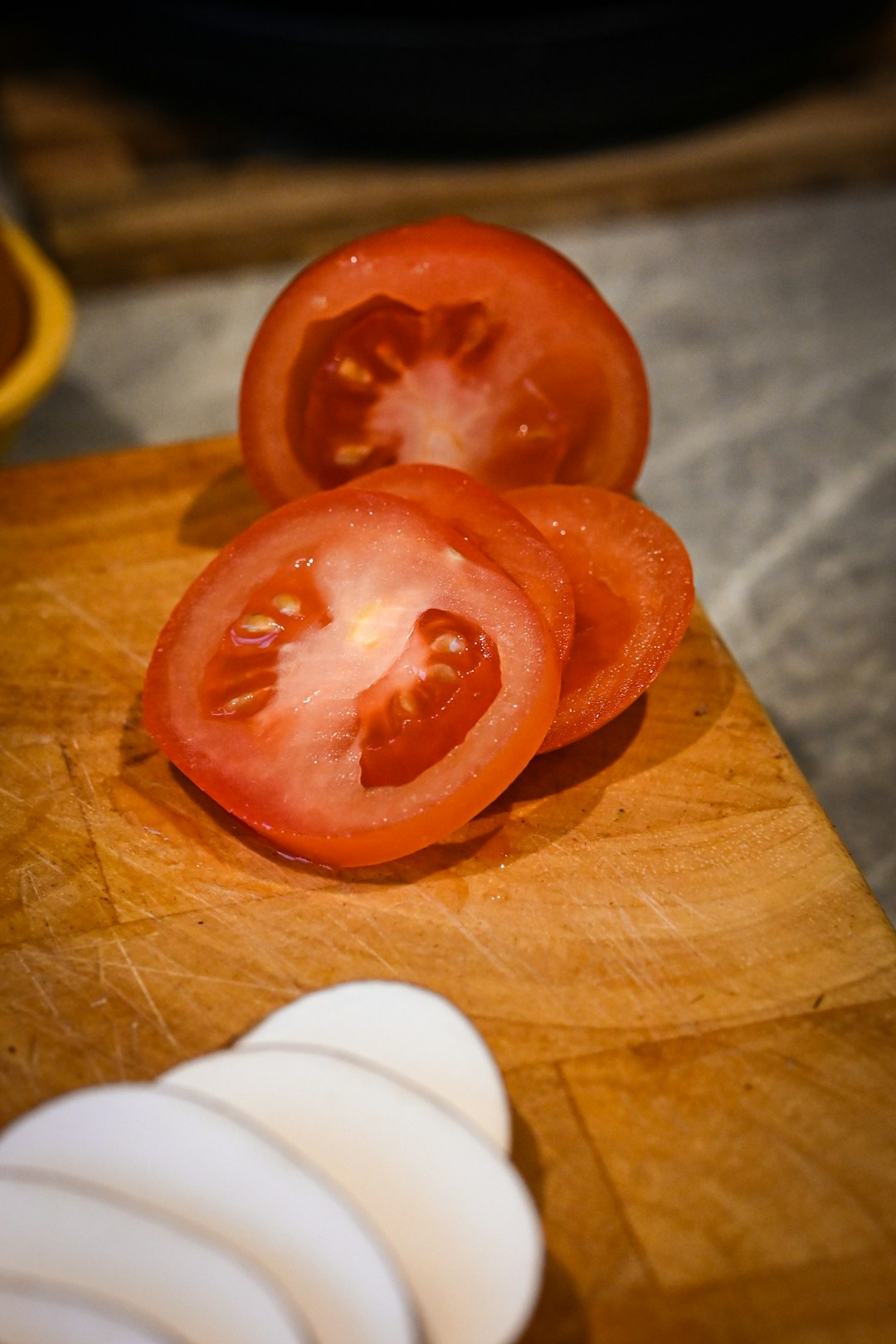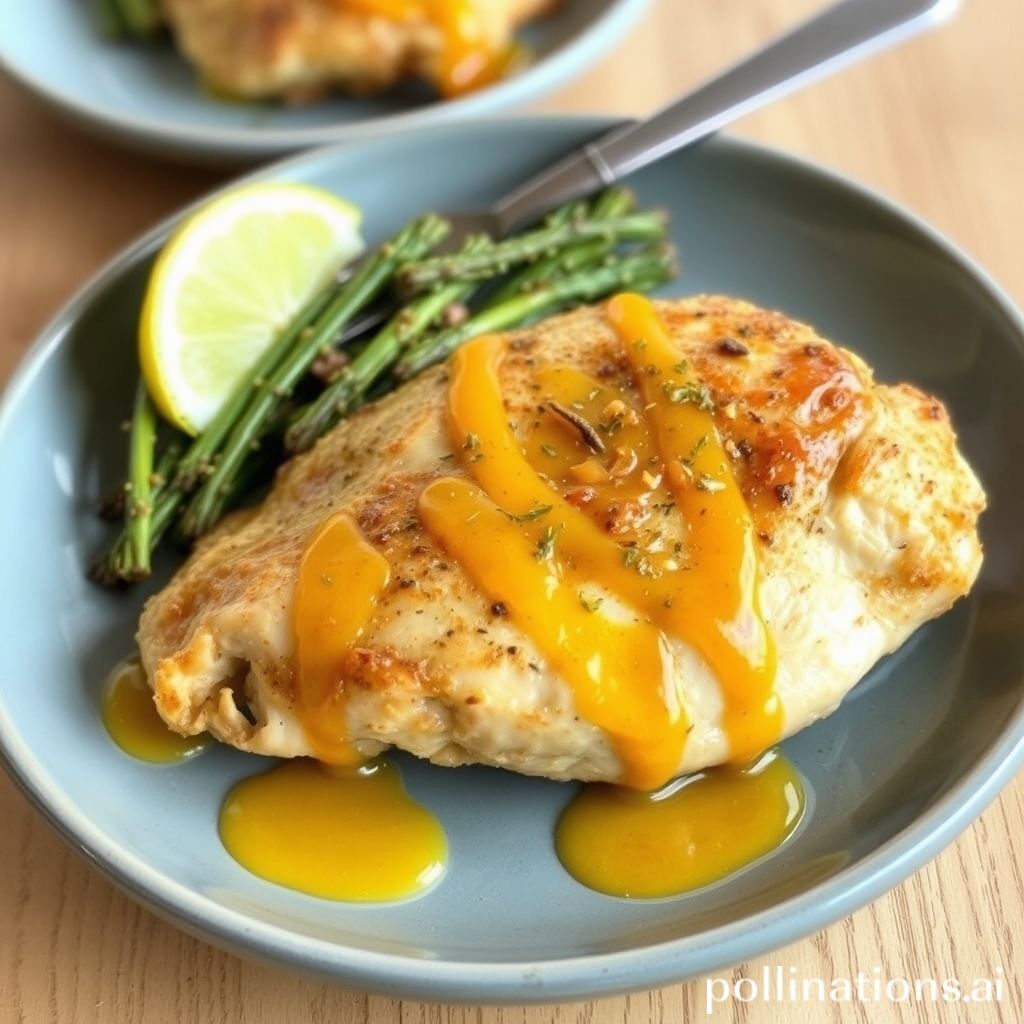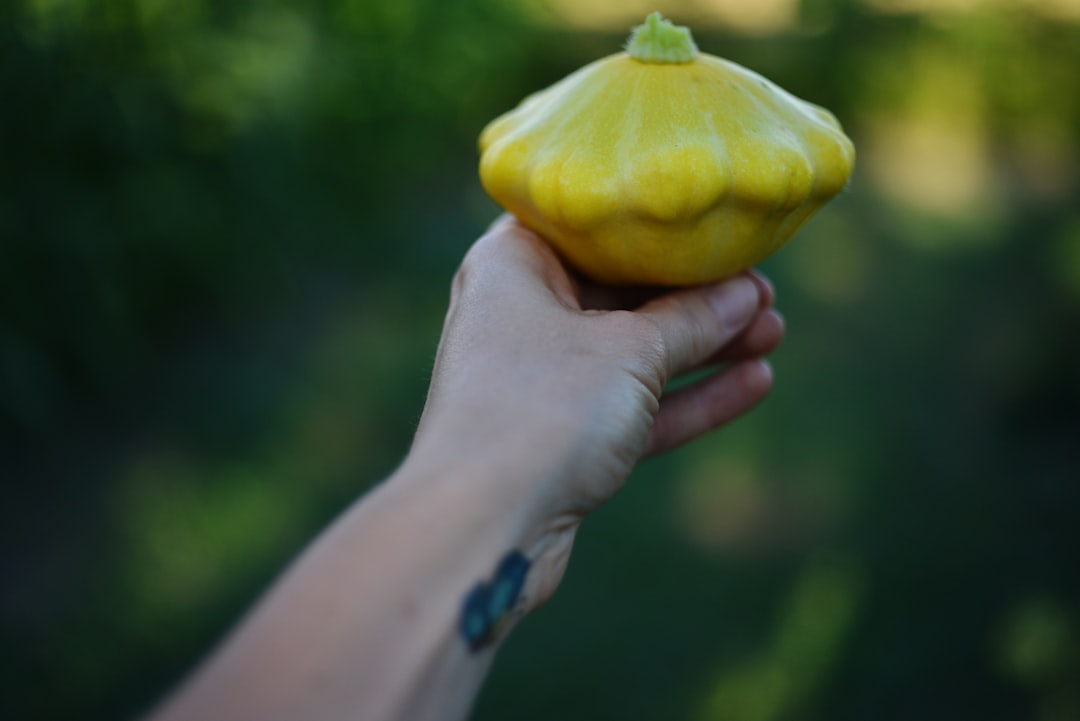Table of Contents
- Introduction
- Essential Ingredients for Teriyaki Chicken Stir-Fry
- Step-by-Step Instructions for Cooking Teriyaki Chicken Stir-Fry
- Tips for Perfecting Your Teriyaki Chicken Sauce
- Vegetable Pairings for Teriyaki Chicken Stir-Fry
- Health Benefits of Ingredients in Teriyaki Chicken Stir-Fry
- Conclusion
- Frequently Asked Questions
Introduction

If the thought of juicy, savory, and slightly sweet Teriyaki Chicken makes your mouth water, you’re in the right place. Get ready to experience the joy of making this dish right in your own kitchen, with the perfect blend of flavors that sizzles and delights. Here’s what you’ll need:
- 500g of chicken breast, sliced
- 2 tablespoons of soy sauce
- 3 tablespoons of mirin
- 2 tablespoons of sake
- 1 tablespoon of sugar
- 1 tablespoon of vegetable oil
- 3 cloves of garlic, minced
- 1 tablespoon of freshly grated ginger
- 2 cups of assorted vegetables (such as bell peppers and broccoli)
- Sesame seeds, for garnish
This delightful stir-fry is not just about the ingredients; it’s about mastering the art of crafting a meal that balances taste, texture, and presentation. Join us as we explore the steps to transform your kitchen into a culinary haven with this tantalizing dish.
Essential Ingredients for Teriyaki Chicken Stir-Fry
Teriyaki Chicken Stir-Fry is a vibrant and delectable dish that combines tender chicken with a range of fresh vegetables, all enveloped in a savory teriyaki sauce. The essential ingredients for this dish include chicken breasts, which should be boneless and skinless for easy slicing and quick cooking. A signature element of teriyaki is the sauce, typically made from soy sauce, mirin or sake, sugar, and ginger. This blend creates a rich, slightly sweet flavor that is central to the dish.
A colorful array of vegetables is crucial for both flavor and nutrition. Popular choices include bell peppers for sweetness, broccoli for crunch, and carrots for color. These vegetables are not only nutritious but also add a satisfying texture to the stir-fry. Garlic and onions are often used to enhance the dish’s aromatic profile.
Lastly, a small amount of oil, typically vegetable or sesame oil, is needed for stir-frying the ingredients to perfection. This simple but effective combination of ingredients ensures a delicious meal that can be prepared quickly, making it ideal for a weeknight dinner. Adding sesame seeds or scallions as garnishes can enhance both the flavor and presentation of the dish.
Step-by-Step Instructions for Cooking Teriyaki Chicken Stir-Fry
To prepare a delicious Teriyaki Chicken Stir-Fry, begin by gathering all your ingredients: boneless chicken breast, bell peppers, broccoli, soy sauce, honey, ginger, garlic, and sesame oil. First, slice the chicken into thin strips and set aside.
In a small bowl, whisk together soy sauce, honey, minced garlic, and grated ginger to create your teriyaki sauce. Add a tablespoon of sesame oil to a large pan over medium-high heat. Once the oil is hot, add the chicken and cook until it’s browned and cooked through, about 5-7 minutes. Remove the chicken from the pan and set aside.
In the same pan, add a little more oil if needed, and toss in the chopped bell peppers and broccoli. Stir-fry the vegetables for about 3-5 minutes until they are tender-crisp. Return the cooked chicken to the pan and pour in the prepared teriyaki sauce.
Toss everything together, ensuring the chicken and vegetables are well coated with the sauce. Stir-fry for an additional 2 minutes to allow the flavors to meld. Serve your Teriyaki Chicken Stir-Fry hot over a bed of steamed rice or noodles for a complete and satisfying meal.
Tips for Perfecting Your Teriyaki Chicken Sauce
Creating the perfect Teriyaki chicken sauce requires attention to detail and a balance of flavors. For starters, ensure you use a good quality soy sauce as the base. It forms the backbone of the sauce, lending that umami flavor essential for authenticity. Limiting the sodium content is vital to prevent the sauce from becoming too salty.
Adding sweeteners like honey or brown sugar is key to achieving the classic sweet-salty balance. If you prefer a thicker texture, consider incorporating a slurry made with cornstarch mixed with cold water. This addition should be made gradually during the cooking process, allowing the sauce to thicken to your desired consistency.
Fresh garlic and ginger enhance the depth of flavor, making your Teriyaki sauce stand out. Be sure to sauté these ingredients briefly to release their natural oils before mixing them into the sauce. Lastly, remember that a dash of rice vinegar can add an excellent touch of acidity, providing a refreshing contrast.
With these tips, you’ll be well on your way to mastering your Teriyaki chicken stir-fry, impressing both your taste buds and your dinner guests.
Vegetable Pairings for Teriyaki Chicken Stir-Fry
Choosing the right vegetable pairings for your Teriyaki Chicken Stir-Fry can elevate the dish to a new level of flavor and nutrition. While chicken provides a rich protein base, vegetables add color, texture, and essential nutrients. A traditional choice, bell peppers bring sweetness and crunch, complementing the savory teriyaki sauce. Opt for a mix of red, yellow, and green peppers to add visual appeal.
Broccoli is another popular addition, offering a slight bitterness that balances the dish’s sweetness while providing fiber and vitamin C. Carrots are a classic stir-fry ingredient; their natural sweetness and vibrant color create an enticing contrast. Slice them thinly to ensure they cook evenly.
Snow peas and snap peas add a delightful crunch and mild sweetness, making them ideal for a quick-cooking stir-fry. To infuse an authentic Asian touch, consider adding bok choy or Chinese cabbage, both of which soak up the flavors beautifully. Mushrooms, particularly shiitake or button mushrooms, bring an earthy note that rounds out the dish.
A sprinkle of sesame seeds or a hint of ginger can also enhance the vegetable pairings, creating a harmonious and delicious Teriyaki Chicken Stir-Fry.
Health Benefits of Ingredients in Teriyaki Chicken Stir-Fry
Teriyaki chicken stir-fry is not only a flavorful dish but also packed with nutritional benefits, thanks to its diverse ingredients. Chicken, as the primary protein source, is lean and high in essential nutrients like niacin, selenium, and vitamin B6, which support metabolic functions and enhance immune health.
Vegetables such as bell peppers, broccoli, and snap peas commonly featured in the dish add a wealth of vitamins and minerals, including vitamins A, C, and K. These nutrients are crucial for maintaining healthy skin, boosting immunity, and supporting blood clotting and bone health. Bell peppers, in particular, are rich in antioxidants, which help mitigate oxidative stress and inflammation.
The inclusion of garlic and ginger not only amplifies the flavor but also adds health benefits. Garlic is known for its cardiovascular benefits, aiding in the reduction of blood pressure and cholesterol levels. Ginger offers anti-inflammatory and digestive benefits, providing relief from nausea and boosting the body’s ability to fight off chronic diseases.
The teriyaki sauce, while sweet, typically incorporates soy sauce and mirin, offering a low-fat alternative that impressively complements these healthy ingredients. Moderation is key to maintaining a balanced intake of sodium and sugar. Together, these ingredients make teriyaki chicken stir-fry a wholesome, nutritious option for those looking for healthy meal choices.
Conclusion
Mastering the art of Teriyaki Chicken Stir-Fry at home not only enhances your culinary skills but also brings the joy of restaurant-quality meals to your dining table. With its delectable mix of flavors and nutritional benefits, this dish is perfect for any occasion—from quick weeknight dinners to special family gatherings. By following the detailed steps and incorporating suggested tips and vegetable pairings, you’re guaranteed a stir-fry that’s not only tasty but also nutritious.
Ready to take your chicken dishes to the next level? Discover The Chicken Bible: Say Goodbye to Boring Chicken with 500 Recipes for Easy Dinners, Braises, Wings, Stir-Fries, and So Much More and explore a world of flavorful possibilities. This comprehensive guide is a treasure trove for any chicken lover, offering a diverse array of recipes that cater to all tastes and preferences. Whether you’re in the mood for a comforting braise or a fiery stir-fry, this book has you covered. Don’t miss the chance to revolutionize your cooking and say goodbye to dull chicken meals forever. Get your copy today!

